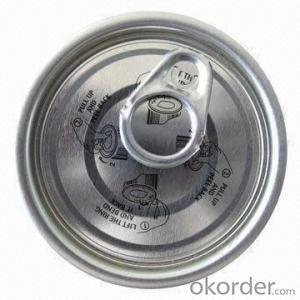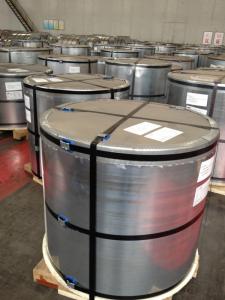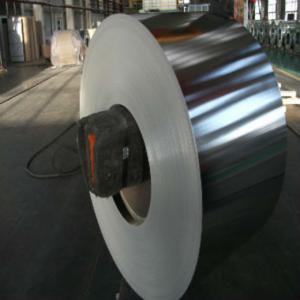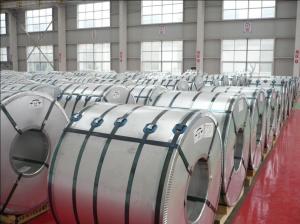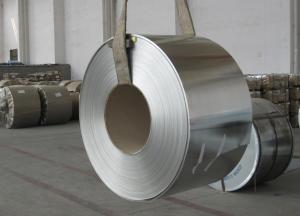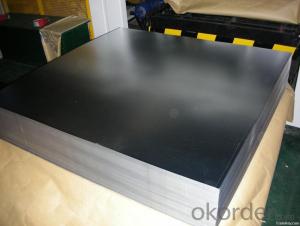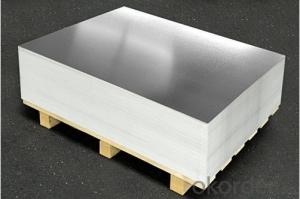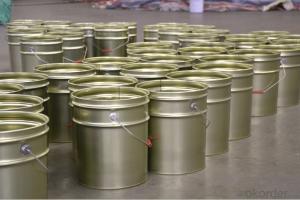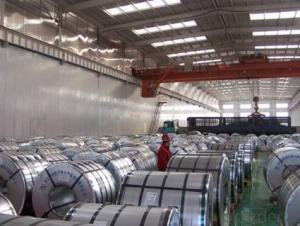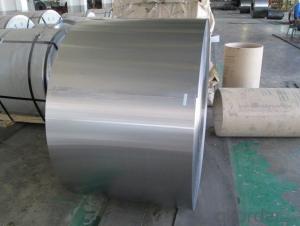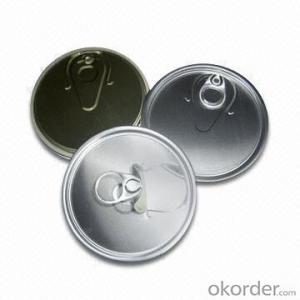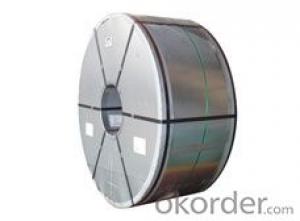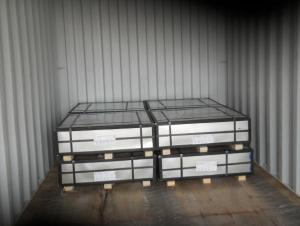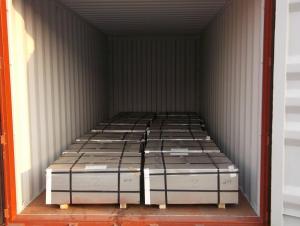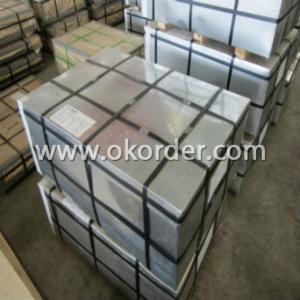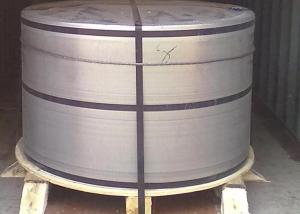High Quality EOE, Different Sizes And Different Usage
- Loading Port:
- Guangzhou
- Payment Terms:
- TT OR LC
- Min Order Qty:
- 100000 pc
- Supply Capability:
- 100000000 pc/month
OKorder Service Pledge
OKorder Financial Service
You Might Also Like
Brief Details
Metal Type: aluminium
Type: Easy Open End, Can lid
Feature: Non Spill, Full open
Custom Order: Accept
Model Number: 300#
Name: 73mm easy open end
Size(mm): 72.9
Inner coating: White porcelain
Shape: Round
Specifications
Name | aluminium tennis eoe |
Item No. | 300 # |
Shape/type | Round |
Size(mm) | Dia 72.9 |
Coating | Clear inside & outside |
Material | Aluminum |
Pcs/Carton | 3,000 Customize packing: as clients’ requests. |
Features |
1.Have saferim. 2.For tennis storage. 3.Coating can be according to customer required. |
Our packing
We could offer package as customers require, by carton or by wooden pallet.

Our Workshop


FAQ
1.Q: What is the material of EOE?
We can offer both tinplate and aluminum material made EOE;
2.Q:Could you offer samples for our testing?
YES, we could offer sampler for free if needed;
3. Q:Can you make new mold with customized size I need?
YES, We can make mold for you if reach some qty.
- Q: What are the main applications of tinplate in the agricultural industry?
- Tinplate is commonly used in the agricultural industry for the production of cans and containers to store and preserve agricultural products such as fruits, vegetables, and dairy products. It provides a protective barrier against moisture, oxygen, and light, ensuring the quality and freshness of the stored items. Additionally, tinplate is also utilized for packaging agricultural chemicals and fertilizers, as it offers resistance to corrosion and acts as a reliable barrier against chemical reactions.
- Q: What are the typical manufacturing processes for tinplate products?
- The typical manufacturing processes for tinplate products include coil preparation, coil cleaning, annealing, coating, temper rolling, cutting, and forming.
- Q: What are the common sizes of tinplate sheets?
- The common sizes of tinplate sheets typically range from 0.15mm to 0.5mm in thickness, and can vary in width from 600mm to 1200mm.
- Q: What are the advantages of using tinplate for stationery?
- There are several advantages of using tinplate for stationery. Firstly, tinplate is highly durable and resistant to corrosion, ensuring that the stationery items made from it will last longer. Secondly, tinplate is a lightweight material, making it convenient to carry around and use. Additionally, tinplate is easily recyclable, making it an environmentally friendly option. Lastly, tinplate can be easily decorated and customized, allowing for unique and attractive designs on stationery products.
- Q: Both tinplate and stainless steel have corrosion protection
- Tinplate is common steel tin plating, tin coating is broken, later, because the tin is more corrosion resistant than iron, so iron will sooner corrosion. Mainly used for tins.
- Q: How is tinplate coated for aerosol cans?
- Tinplate is coated for aerosol cans through a process called electroplating. The tinplate is immersed in an electrolyte solution and an electric current is passed through it, causing tin ions from the solution to be deposited onto the surface of the tinplate. This electroplating process ensures a thin and uniform layer of tin coating, providing corrosion resistance and a shiny appearance to the aerosol cans.
- Q: What are the main applications of tinplate in the pet care industry?
- The main applications of tinplate in the pet care industry include the packaging of pet food, treats, and supplements. Tinplate cans provide a durable and airtight solution for preserving the freshness and quality of pet products, while also offering a convenient and easy-to-open packaging option for pet owners. Additionally, tinplate containers can be customized with appealing designs and branding, enhancing product visibility and marketing efforts in the pet care market.
- Q: How does tinplate affect the overall cost of packaging?
- Tinplate can significantly impact the overall cost of packaging due to its durability and versatility. While tinplate itself may be more expensive compared to other materials, it offers excellent barrier properties, which can extend the shelf life of products, reduce the risk of spoilage, and minimize the need for additional packaging layers. Additionally, tinplate's strength allows for efficient stacking and transportation, reducing the risk of damage during transit. Despite its higher initial cost, tinplate can ultimately help lower overall packaging costs by minimizing product loss, ensuring product quality, and optimizing logistical operations.
- Q: How does tinplate perform in terms of light blocking properties?
- Tinplate has excellent light blocking properties due to its opaque nature, making it an effective material for preserving the quality and freshness of light-sensitive products.
- Q: What are the benefits of using tinplate for roofing?
- Tinplate offers several advantages for roofing, including its durability, resistance to corrosion, ease of installation, and aesthetic appeal. It is a long-lasting material that can withstand harsh weather conditions and is less prone to damage from elements like hail or wind. Additionally, tinplate is highly resistant to rust and can maintain its structural integrity over time. Its lightweight nature makes it easier to handle and install, reducing labor and transportation costs. Lastly, tinplate roofing can enhance the overall appearance of a building, as it can be painted or coated to match various architectural styles.
Send your message to us
High Quality EOE, Different Sizes And Different Usage
- Loading Port:
- Guangzhou
- Payment Terms:
- TT OR LC
- Min Order Qty:
- 100000 pc
- Supply Capability:
- 100000000 pc/month
OKorder Service Pledge
OKorder Financial Service
Similar products
Hot products
Hot Searches
Related keywords
